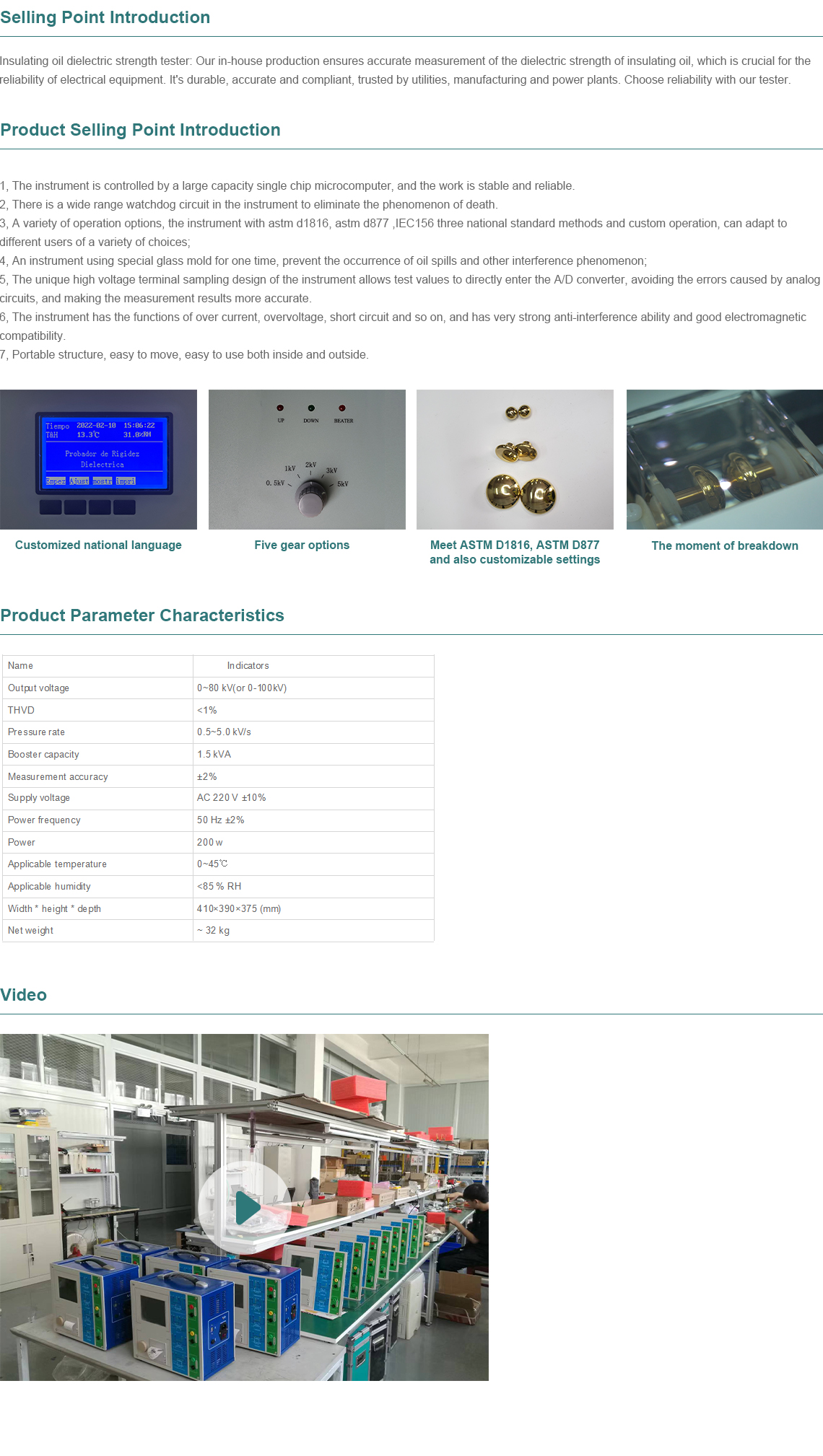 English
English



-
 Afrikaans
Afrikaans -
 Albanian
Albanian -
 Amharic
Amharic -
 Arabic
Arabic -
 Armenian
Armenian -
 Azerbaijani
Azerbaijani -
 Basque
Basque -
 Belarusian
Belarusian -
 Bengali
Bengali -
 Bosnian
Bosnian -
 Bulgarian
Bulgarian -
 Catalan
Catalan -
 Cebuano
Cebuano -
 China
China -
 China (Taiwan)
China (Taiwan) -
 Corsican
Corsican -
 Croatian
Croatian -
 Czech
Czech -
 Danish
Danish -
 Dutch
Dutch -
 English
English -
 Esperanto
Esperanto -
 Estonian
Estonian -
 Finnish
Finnish -
 French
French -
 Frisian
Frisian -
 Galician
Galician -
 Georgian
Georgian -
 German
German -
 Greek
Greek -
 Gujarati
Gujarati -
 Haitian Creole
Haitian Creole -
 hausa
hausa -
 hawaiian
hawaiian -
 Hebrew
Hebrew -
 Hindi
Hindi -
 Miao
Miao -
 Hungarian
Hungarian -
 Icelandic
Icelandic -
 igbo
igbo -
 Indonesian
Indonesian -
 irish
irish -
 Italian
Italian -
 Japanese
Japanese -
 Javanese
Javanese -
 Kannada
Kannada -
 kazakh
kazakh -
 Khmer
Khmer -
 Rwandese
Rwandese -
 Korean
Korean -
 Kurdish
Kurdish -
 Kyrgyz
Kyrgyz -
 Lao
Lao -
 Latin
Latin -
 Latvian
Latvian -
 Lithuanian
Lithuanian -
 Luxembourgish
Luxembourgish -
 Macedonian
Macedonian -
 Malgashi
Malgashi -
 Malay
Malay -
 Malayalam
Malayalam -
 Maltese
Maltese -
 Maori
Maori -
 Marathi
Marathi -
 Mongolian
Mongolian -
 Myanmar
Myanmar -
 Nepali
Nepali -
 Norwegian
Norwegian -
 Norwegian
Norwegian -
 Occitan
Occitan -
 Pashto
Pashto -
 Persian
Persian -
 Polish
Polish -
 Portuguese
Portuguese -
 Punjabi
Punjabi -
 Romanian
Romanian -
 Russian
Russian -
 Samoan
Samoan -
 Scottish Gaelic
Scottish Gaelic -
 Serbian
Serbian -
 Sesotho
Sesotho -
 Shona
Shona -
 Sindhi
Sindhi -
 Sinhala
Sinhala -
 Slovak
Slovak -
 Slovenian
Slovenian -
 Somali
Somali -
 Spanish
Spanish -
 Sundanese
Sundanese -
 Swahili
Swahili -
 Swedish
Swedish -
 Tagalog
Tagalog -
 Tajik
Tajik -
 Tamil
Tamil -
 Tatar
Tatar -
 Telugu
Telugu -
 Thai
Thai -
 Turkish
Turkish -
 Turkmen
Turkmen -
 Ukrainian
Ukrainian -
 Urdu
Urdu -
 Uighur
Uighur -
 Uzbek
Uzbek -
 Vietnamese
Vietnamese -
 Welsh
Welsh -
 Bantu
Bantu -
 Yiddish
Yiddish -
 Yoruba
Yoruba -
 Zulu
Zulu
vacuum distillation equipment
Vacuum Distillation Equipment An Overview
Vacuum distillation is a crucial technique in the field of separation and purification. It is extensively utilized in various industries, including petrochemicals, pharmaceuticals, and food processing. This method allows the separation of components from a mixture based on their boiling points, while operating at reduced pressures to lower the boiling points of the substances involved. In this article, we will explore the essential aspects of vacuum distillation equipment, its working principle, applications, and advantages.
Working Principle
The operation of vacuum distillation relies on the principle that lowering the ambient pressure allows substances to boil at lower temperatures. This is particularly advantageous for thermally sensitive materials that may decompose or undergo unwanted reactions at higher temperatures. In a conventional distillation setup, the boiling point of a liquid is determined by atmospheric pressure; however, in vacuum distillation, the pressure is reduced using vacuum pumps, which enables the collection of distillates at lower temperatures.
The essential components of vacuum distillation equipment include a distillation column, a vacuum pump, a condenser, and a receiving flask. The distillation column houses packing or trays that promote the separation of components as rising vapors interact with descending liquids. The vacuum pump is crucial for maintaining the desired low pressure in the system. The condenser cools the vaporized components, converting them back to liquid form, which is collected in the receiving flask.
Types of Vacuum Distillation Equipment
Vacuum distillation equipment can be categorized into different types based on the specific requirements of the distillation process
1. Short-Path Distillation This type is used for separating heat-sensitive and high-boiling compounds. The short path reduces the distance that vapors have to travel, minimizing the potential for thermal degradation.
2. Rotary Evaporators Often used in laboratories, these devices combine vacuum distillation with rotation, which increases the surface area and enhances the efficiency of evaporation at lower temperatures.
3. Fractional Distillation Units These are more complex systems that allow for the separation of multiple components based on their respective boiling points. They typically include multiple trays or packing materials to facilitate improved separation.
Applications
Vacuum distillation finds a wide range of applications across various sectors
vacuum distillation equipment

- Petrochemical Industry It is essential for separating different fractions of crude oil, allowing for the production of gasoline, diesel, and other petrochemical products.
- Pharmaceuticals It is used to purify Active Pharmaceutical Ingredients (APIs) and other compounds that require gentle handling to preserve their efficacy.
- Food Processing The technique is employed to concentrate flavors, remove solvents from extracts, and produce high-quality essential oils.
Advantages of Vacuum Distillation
Vacuum distillation offers several advantages over traditional distillation methods
- Lower Temperature Operation By reducing the boiling point, vacuum distillation minimizes thermal degradation, allowing for the recovery of sensitive compounds without alteration.
- Increased Efficiency The method is often quicker and more efficient than conventional distillation, as lower boiling points facilitate faster evaporation and condensation.
- Enhanced Purity The ability to operate under reduced pressure allows for better separation of components, resulting in higher purity products.
- Cost-Effective For large-scale applications, vacuum distillation can be more energy-efficient, leading to reduced operational costs.
Conclusion
Vacuum distillation equipment plays a pivotal role in many industrial processes, ensuring the effective separation and purification of substances. Its ability to operate at lower temperatures while maintaining efficiency and purity makes it an indispensable tool in sectors ranging from petrochemicals to pharmaceuticals. As technology advances and demands for high-purity products increase, the importance of vacuum distillation equipment is set to grow, paving the way for innovations and enhanced processes in various industries.
-
Testing Equipment Industry Sees Major Advancements in 2025: Smart & Precision Technologies Lead the WayNewsJun.06,2025
-
Applications of Direct Current Generators in Renewable Energy SystemsNewsJun.05,2025
-
Hipot Tester Calibration and Accuracy GuidelinesNewsJun.05,2025
-
Digital Circuit Breaker Analyzer Features and BenefitsNewsJun.05,2025
-
Benefits of Real-Time Power Quality Monitoring Devices for Industrial EfficiencyNewsJun.05,2025
-
Earth Fault Loop Testing in High-Rise Building Electrical SystemsNewsJun.05,2025



